Besides preventing waste and using every bit of resource you have, many merchants such as yourself want to go eco friendly but don’t exactly know where to implement next. We suggest some sustainable packaging to start and we’ve got 5 sustainable packaging ideas that can work for any business. By the end, you’ll be one step closer to your sustainability goals.
Paper is recyclable
Everyone knows plastics are bad for the environment. One simple step to sustainable packaging is to switch to all things paper! Corrugated boxes, paper bottles, paper bags, kraft paper, etc. These packaging items offer a second life to your customers beyond simple packaging. Beyond a few paper-made packaging items, most paper packaging can be recycled.
Use non-toxic adhesive
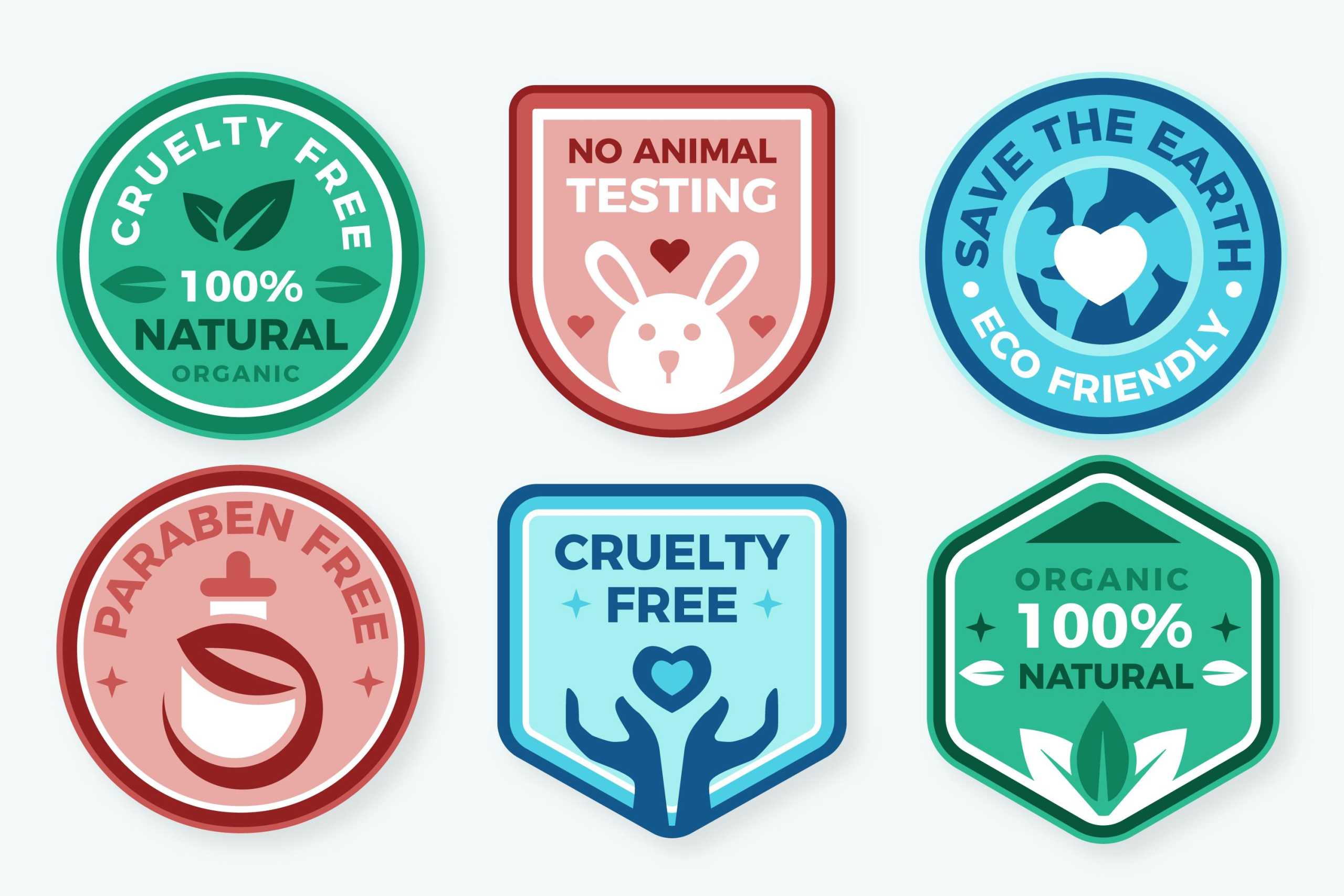
Benign sustainability also includes being free from toxins. Biodegradable flexible packaging are available in the market to source as well as bio-plastics. But people tend to forget about the simplest element to most packaging; the adhesives you use.
As convenient as the common glue is, it does leave behind its own carbon footprint due to containing petrochemicals and epoxy, which release greenhouse gases when drying. Plant-based adhesives, on the other hand, make it possible for you to put together packaging without harming the planet and these non-toxic adhesives are easy enough to be made at home and you only need ingredients you can find at the food aisle sections of any shopping mall.
Cornstarch glue
You’ll need:
- 1 cup water
- ½ cup cornstarch
- 2 tablespoon corn syrup
- 1 tablespoon vinegar
What to do:
-
Add ¾ cup water, ¼ cup cornstarch, the corn syrup and the vinegar together in a pan over low heat.
-
Stir until mixed well and then remove from heat
-
Add the remaining ¼ cup cornstarch and ¼ cup water into the mixture.
-
Stir slowly and continuously until mixed well. It’ll start to thicken after a few minutes of stirring.
-
Allow the mixture to cool.
All-You-Have glue
You’ll need:
- 1 cup flour
- ⅓ cup sugar
- 1 teaspoon lemon juice
- 2 cups of water
What to do:
- Mix all the dry ingredients in a bowl.
- Then add in the lemon juice and water.
-
Heat the mixture in a pan and stir until it has a gooey consistency.
- Remove from the heat and let it cool.
Sugar glue
You’ll need:
- 1 cup water
- 6 tablespoon sugar
What to do:
- Mix the sugar and water together over low flame.
- Add more water if gets too thick.
- Then, let it cool.
Mind the weight of your packaging
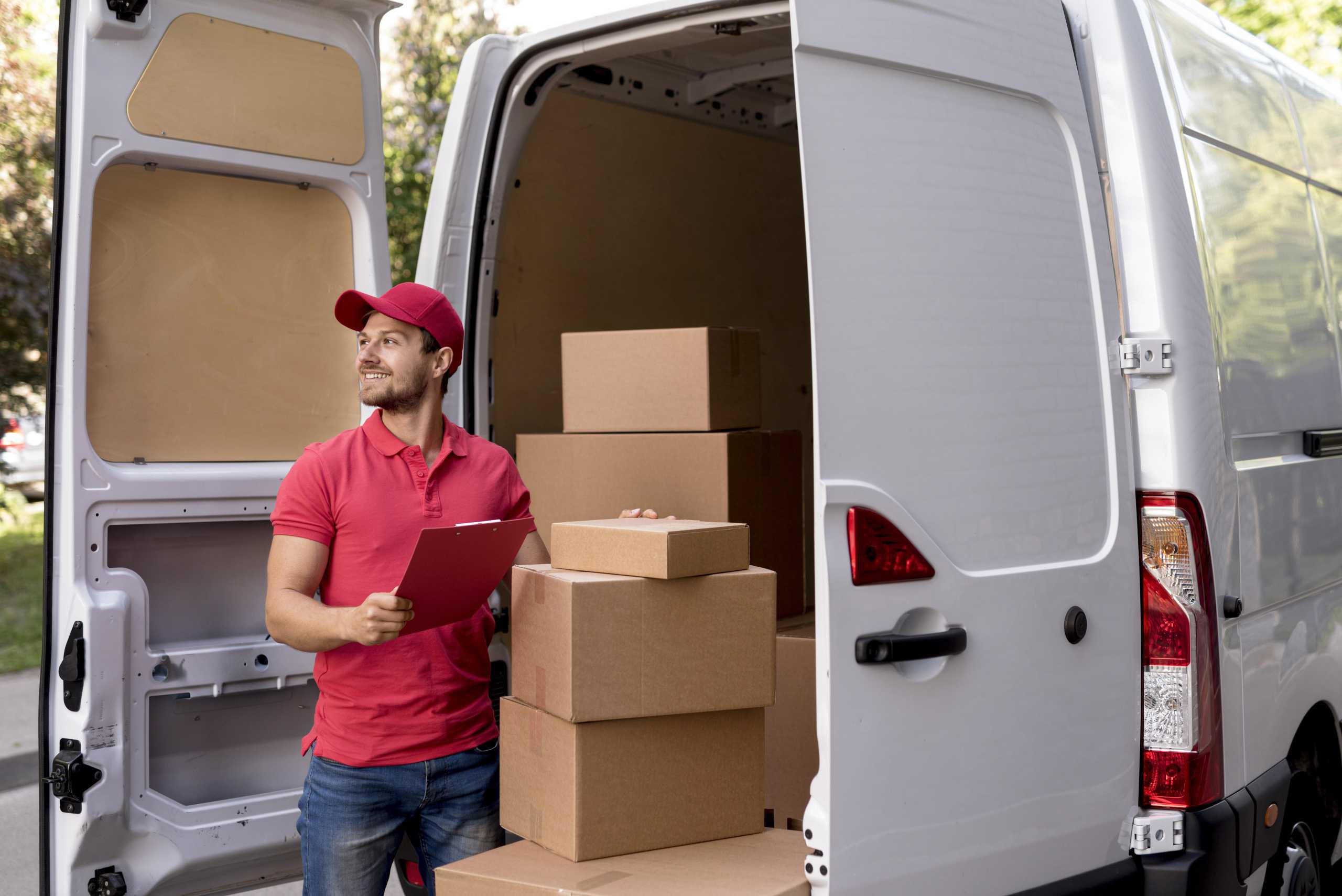
At first thought, weight isn’t so much a big thing to consider. But if you’re really wanting to go all in with sustainability, the weight is also a definite consideration. Weight as a sustainable packaging solution is more of a collective effort.
The weight of your choice for packaging materials directly impacts the amount of energy needed to produce your products and affects the energy required to ship them. Switching to lighter-weight materials can positively impact your carbon footprint since sustainable packaging tends to be made of more lightweight materials, which ultimately can help you save on shipping costs. For your customers, they might just as much appreciate it when your products are lightweight and easier to recycle or are recycled products themselves.
The weight of your choice for packaging materials directly impacts the amount of energy needed to produce your products and affects the energy required to ship them.
The weight of packages can make distribution and transportation more efficient, and so lighter packages are more optimal. Millions of tons of packaging materials are used each year. So even reducing the weight of your packages by a few grams can add up quickly for both your bottom line and the environment.
Learn to reuse
Reusing is also part of our recommendations for sustainable packaging ideas. Corrugated boxes like we mentioned earlier, for example, are strong enough to protect sensitive contents and flexible and versatile enough to be reused over and over again. Reusability also comes in the form of a business model where you receive back the packaging from customers for you to reuse on another product set to be delivered next. However, that model can be a bit of a fuss, so we’ll just focus on reusability for you as the business owner and your customers where it’s most convenient.
With unused and discarded materials like cardboard and others, you can also create custom packaging yourself to reduce waste even more. Using reusable materials like scarves, tea towels, and tote bags is a great way to make use of an item that can be repurposed for years to come, whether it’s in your hands or in your customers’.
Make it compostable
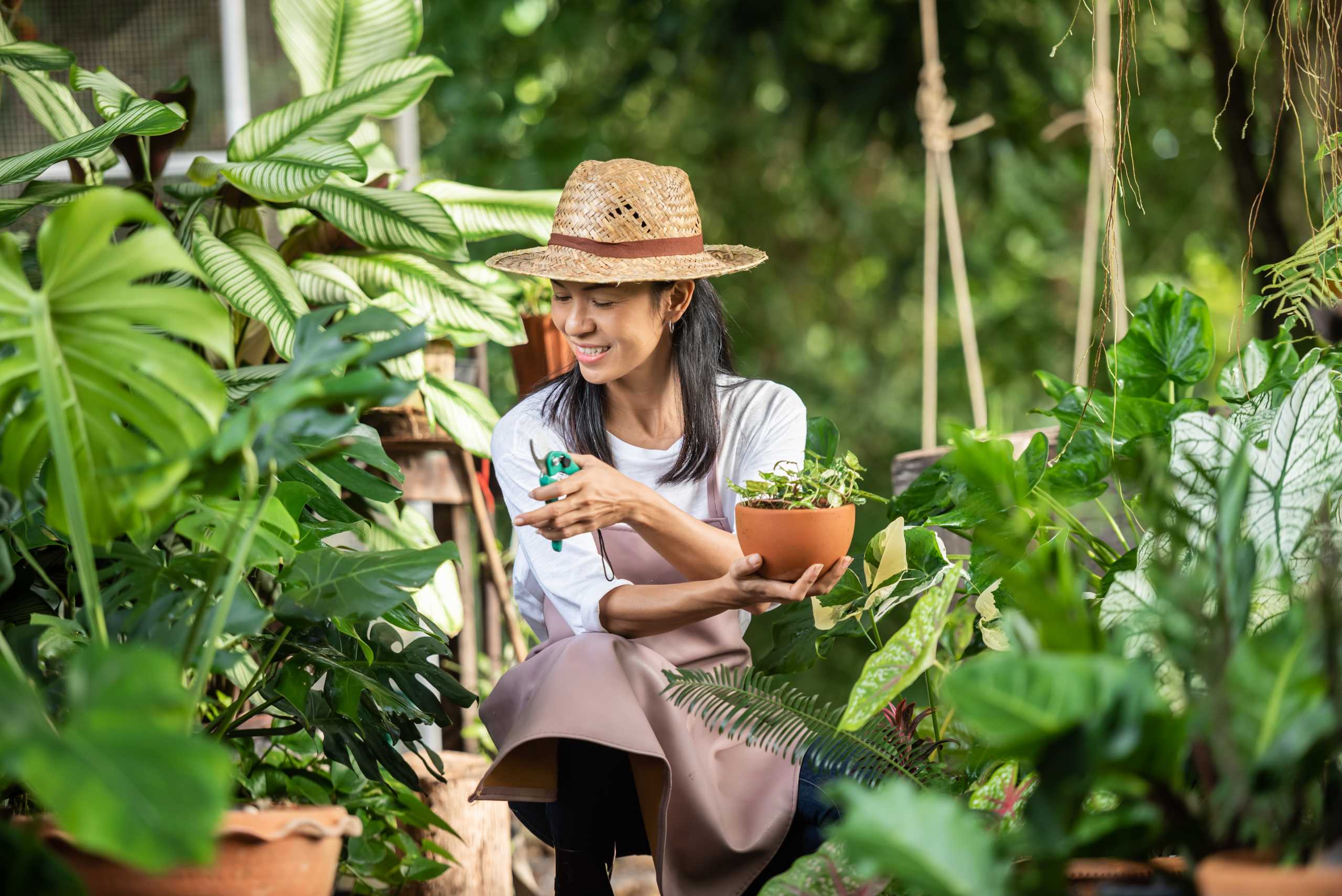
Related to paper, there’s also such a thing as plantable packaging. These packaging incorporate organic seeds, like basil and amaranth, into the boxes so that when the customer has removed their product, they can simply slip off the label, soak the box in water and plant it in the earth.
Compostable materials made for packaging, as the name suggests, are able to naturally decompose back into the earth, just like the organic matter you keep in a compost bin. They’re usually plant-based and typically made from corn, sugarcane, or bamboo because they’re fast-growing. Different conditions can affect composting rates, so it’s important to read up on the product.
Biodegradable bags are also a staple of sustainability. They contribute to the environment similar to any other compostable materials.
For plastics, there’s such a thing as cellulose plastic. It’s usually made from natural materials like hemp, wood, and cotton, so it’s biodegradable and compostable. It’s also relatively durable and moisture-resistant, making it great for food packaging.
Speaking of food, if you have an F&B-related business, you’ll be happy to know there are leaf plates which you can use as packaging. Lids are usually made from bioplastic/recycled plastic, while a natural bowl/container is made of leaves and water-proof leaf-made paper. And of course, they’re biodegradable.
Support sustainability
Go green with your business and commit to doing the environment a favor! What we’ve shared with you are only some among many sustainable packaging ideas that you can adopt and incorporate into your business. Be a force of change and a force for good. Do your part to preserve mother nature!

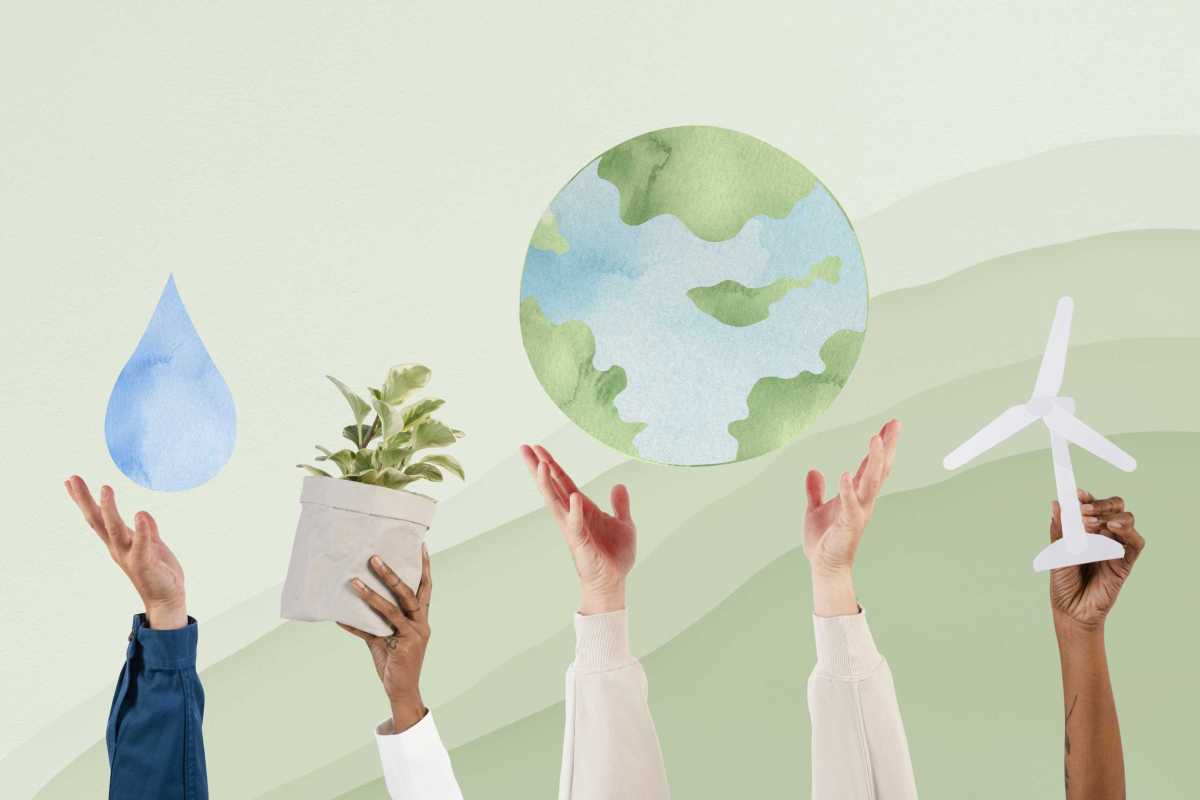
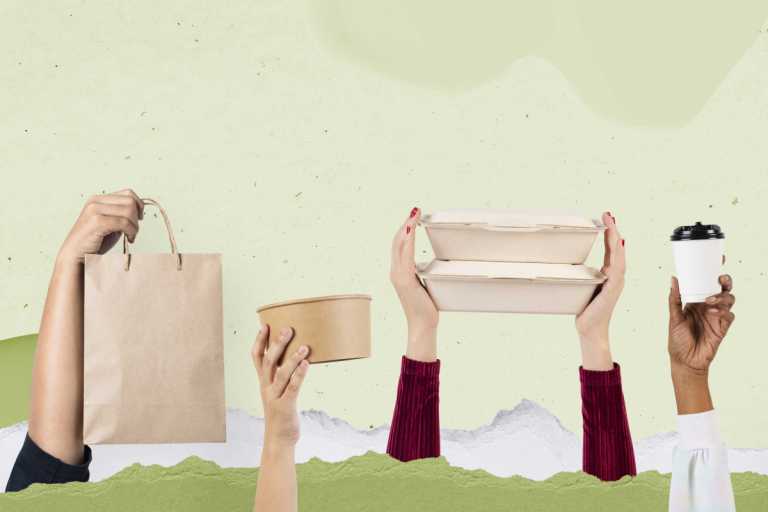
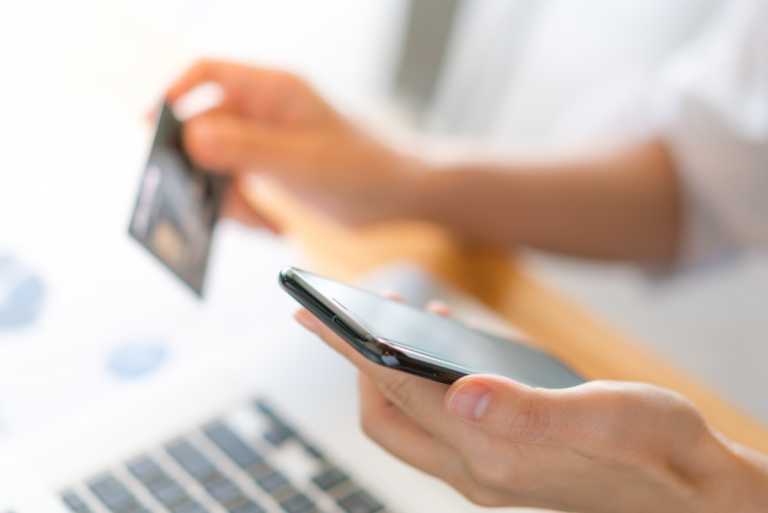
Leave a Comment